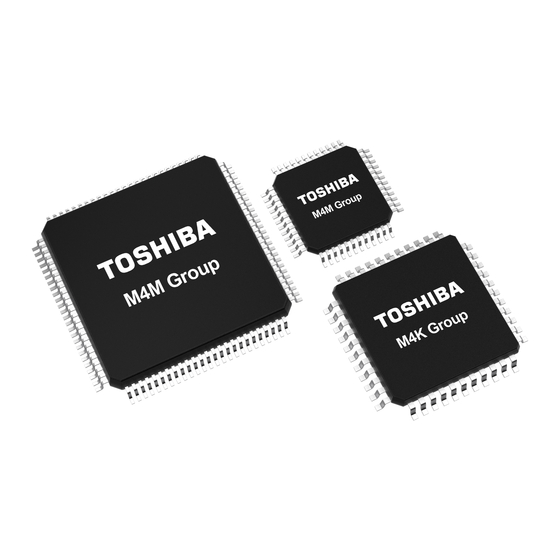
Toshiba TXZ+ Series Manuals
Manuals and User Guides for Toshiba TXZ+ Series. We have 4 Toshiba TXZ+ Series manuals available for free PDF download: Reference Manual
Toshiba TXZ+ Series Reference Manual (88 pages)
32-bit RISC microcontroller, Clock Control and Operation Mode CG-M4G(1)-C
Brand: Toshiba
|
Category: Microcontrollers
|
Size: 2 MB
Table of Contents
Advertisement
Toshiba TXZ+ Series Reference Manual (64 pages)
2-bit RISC Microcontroller
Brand: Toshiba
|
Category: Microcontrollers
|
Size: 0.85 MB
Table of Contents
Toshiba TXZ+ Series Reference Manual (72 pages)
Brand: Toshiba
|
Category: Microcontrollers
|
Size: 1.43 MB
Table of Contents
Advertisement
Toshiba TXZ+ Series Reference Manual (52 pages)
Brand: Toshiba
|
Category: Controller
|
Size: 0.84 MB
Table of Contents
Advertisement



